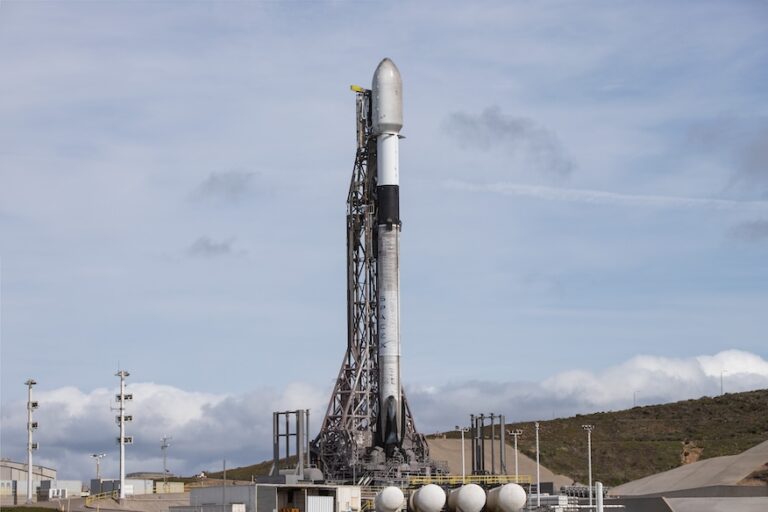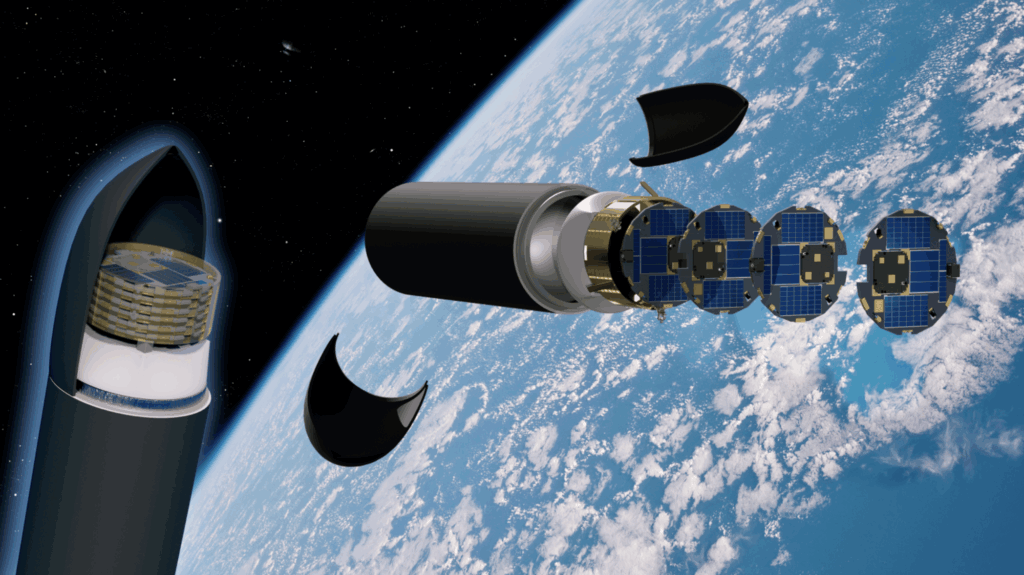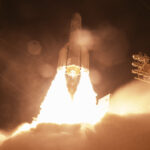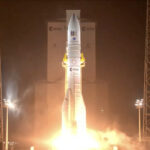Now Reading: NASA Reopens Bidding for Crewed Lunar Landing Amid Competition with China
-
01
NASA Reopens Bidding for Crewed Lunar Landing Amid Competition with China
NASA Reopens Bidding for Crewed Lunar Landing Amid Competition with China
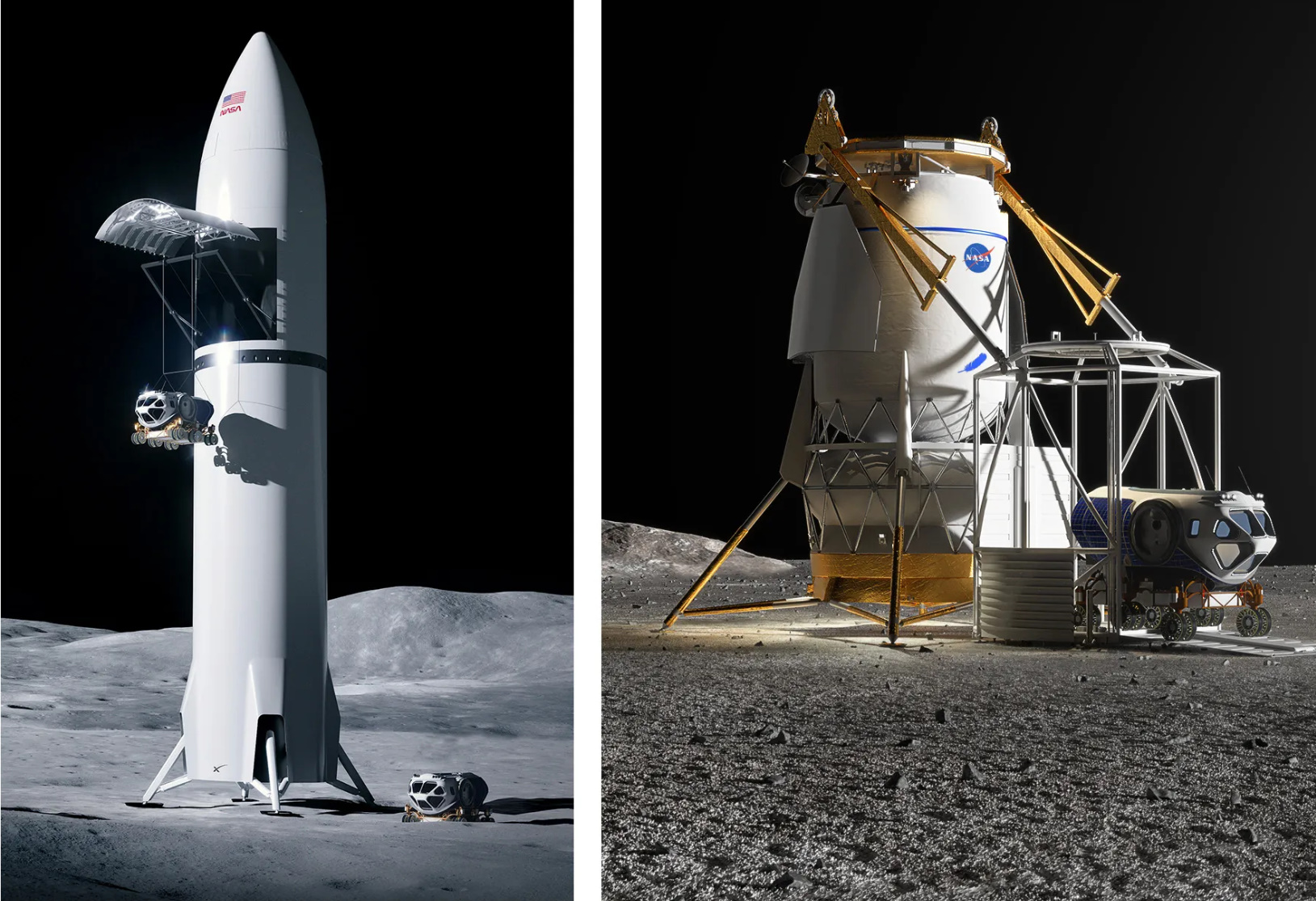

NASA’s Acting Administrator, Sean Duffy, announced that the agency is reopening the bidding process for the first American crewed lunar landing in over five decades, encouraging submissions from companies beyond SpaceX’s Starship. This strategic decision is aimed at expediting the Artemis III mission, ensuring that U.S. astronauts set foot on the Moon prior to China’s anticipated landing in 2030. Duffy voiced concerns about delays in SpaceX’s timeline for the Human Landing System, the version of Starship chosen for the mission.
Duffy underscored the urgency of the situation due to rising international competition, stating, “SpaceX is behind schedule,” and confirmed that the agency would welcome proposals from Blue Origin and possibly other companies to improve competitive dynamics. He expressed a preference to return to the Moon before President Trump’s term ends in January 2029, which indicates a significant realignment within NASA’s Artemis program, designed to establish a sustainable human presence on the lunar surface. Originally, Artemis III was set to use SpaceX’s Starship, which was awarded the contract in 2021 based on its potential for cost efficiency and performance.
However, issues have arisen with Starship following a series of unsuccessful test flights in its early stages. As of now, the spacecraft remains in a suborbital testing phase, and SpaceX has not yet demonstrated the essential on-orbit refueling technology required for lunar operations. This latest pivot in NASA’s approach highlights changes in strategy; earlier this year, the agency selected Blue Origin’s Blue Moon Mark 2 lander for Artemis V, planned for no earlier than 2030, as a backup option to foster redundancy akin to its Commercial Crew Program.
Duffy’s recent remarks also bring attention to Blue Origin as a significant contender. While its complex Mark 2 lander requires orbital refueling similar to Starship, the company’s simpler, uncrewed Blue Moon Mark 1 vehicle might be a quicker alternative. This smaller craft exceeds the Apollo Lunar Module in size and does not rely on refueling. It is currently progressing in production and testing, with launches anticipated in early 2026 and 2027. Experts believe that with some modifications, Mark 1 could potentially be adapted to carry a crew, allowing for an accelerated lunar return.
As for the state of Blue Moon Mark 1, it is in advanced stages of production, with the initial model (MK1-SN001) fully assembled and set for vacuum chamber testing at NASA’s Johnson Space Center by October 2025. Following NASA’s announcement, Lockheed Martin indicated its own ongoing efforts to develop a reliable solution for bringing humans back to the lunar surface swiftly, positioning itself as a potential candidate for participation in the new bidding process.
Elon Musk, CEO of SpaceX, responded swiftly on social media, defending his company’s pace of development while critiquing rivals. He stated, “Blue Origin has never delivered a (useful) payload to orbit, let alone the Moon,” and asserted that SpaceX’s progress is considerably faster than that of its competitors. Musk also emphasized the value of sustainable space exploration, arguing that a permanent lunar science base would be more impressive than merely replicating the Apollo missions from 1969.
This strategic shift leaves many details pending, including the timeline for the upcoming competition, deadlines for proposals, and potential funding sources. Throughout the Artemis program’s evolution, budget constraints have posed challenges, and this new direction may necessitate additional congressional consideration amid ongoing discussions about fiscal allocations. Meanwhile, China continues to advance its Lunar Exploration Program, known as the Chang’e Project, which aims to facilitate robotic missions leading to human exploration of the Moon and is frequently cited as a critical factor motivating U.S. efforts to maintain its leadership in space exploration. By late 2025, China had achieved considerable milestones, including analyzing lunar samples that highlight the differences between the Moon’s near and far sides, setting the stage for its own targeted crewed moon landings by the end of the decade.
Stay Informed With the Latest & Most Important News
-
 012024 in Review: Highlights from NASA in Silicon Valley
012024 in Review: Highlights from NASA in Silicon Valley -
 02Panasonic Leica Summilux DG 15mm f/1.7 ASPH review
02Panasonic Leica Summilux DG 15mm f/1.7 ASPH review -
 03From Polymerization-Enabled Folding and Assembly to Chemical Evolution: Key Processes for Emergence of Functional Polymers in the Origin of Life
03From Polymerization-Enabled Folding and Assembly to Chemical Evolution: Key Processes for Emergence of Functional Polymers in the Origin of Life -
 04How New NASA, India Earth Satellite NISAR Will See Earth
04How New NASA, India Earth Satellite NISAR Will See Earth -
 05And Thus Begins A New Year For Life On Earth
05And Thus Begins A New Year For Life On Earth -
 06Astronomy Activation Ambassadors: A New Era
06Astronomy Activation Ambassadors: A New Era -
07SpaceX launch surge helps set new global launch record in 2024













